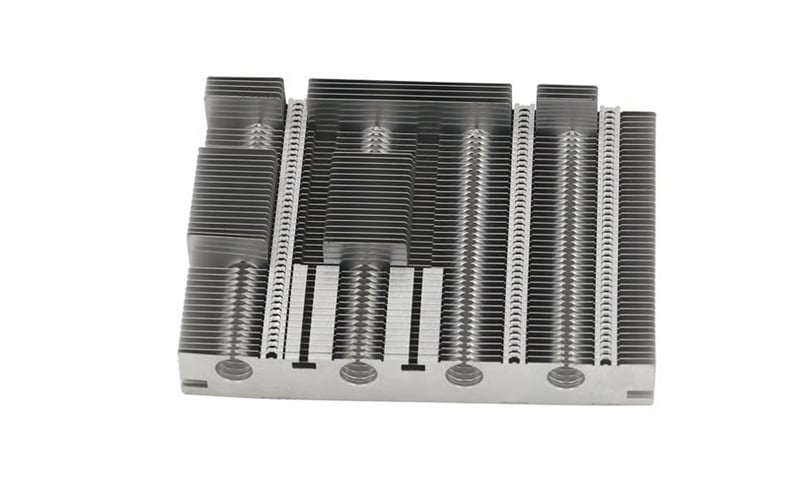High thermal heat sinks are designed to efficiently dissipate heat from electronic components in order to prevent overheating and damage. These heat sinks are made from materials with high thermal conductivity, such as copper or aluminum, and are crucial for maintaining optimal operating temperatures in electronics.
Benefits of Using High Thermal Heat Sinks
High thermal heat sinks are essential for electronic devices that generate a significant amount of heat during operation. By using a high thermal heat sink, you can effectively reduce the risk of thermal damage and prolong the lifespan of your electronic components. Additionally, these heat sinks help improve overall performance by maintaining consistent operating temperatures.
How High Thermal Heat Sinks Work
High thermal heat sinks work by transferring heat away from electronic components and dispersing it into the surrounding environment. This process, known as thermal conduction, allows the heat sink to absorb and dissipate heat effectively, keeping the electronic device cool and preventing overheating.
Types of High Thermal Heat Sinks
There are several types of high thermal heat sinks available, including passive heat sinks, active heat sinks, and liquid cooling systems. Passive heat sinks rely on natural convection to dissipate heat, while active heat sinks use fans or other cooling mechanisms to enhance heat dissipation. Liquid cooling systems, on the other hand, use coolant to transfer heat away from the electronic components.
Factors to Consider When Choosing a High Thermal Heat Sink
When selecting a high thermal heat sink for your electronic device, it is important to consider factors such as thermal resistance, size, weight, and material. The thermal resistance of the heat sink will determine its efficiency in dissipating heat, while the size and weight should be compatible with the device's dimensions and cooling requirements.
Installation of High Thermal Heat Sinks
Proper installation of high thermal heat sinks is crucial for ensuring effective heat dissipation and thermal management. Make sure to apply thermal paste or thermal pads between the heat sink and the electronic component to improve thermal conductivity and contact. Additionally, ensure that the heat sink is securely mounted to prevent movement or dislodging.
Applications of High Thermal Heat Sinks
High thermal heat sinks are used in a wide range of electronic devices and applications, including computers, smartphones, LED lights, automotive electronics, and industrial machinery. These heat sinks play a critical role in maintaining the temperature stability and reliability of electronic components in various industries.
Latest Innovations in High Thermal Heat Sink Technology
Recent advancements in high thermal heat sink technology have focused on improving thermal conductivity, reducing weight and size, and enhancing overall heat dissipation efficiency. Some innovative solutions include heat pipes, vapor chambers, and advanced thermal management materials that offer superior thermal performance.
Importance of Proper Heat Management in Electronics
Effective heat management is essential for ensuring the reliable operation and longevity of electronic devices. By using high thermal heat sinks and implementing proper thermal management strategies, you can prevent heat-related issues, such as thermal throttling, component failure, and reduced performance, ultimately extending the lifespan of your electronics.
Conclusion
High thermal heat sinks are indispensable components for managing heat in electronic devices and preventing thermal damage. By understanding the benefits, operation, types, installation, and applications of high thermal heat sinks, you can make informed decisions when selecting and using these critical components in your electronic systems.
Quote Inquiry
contact us

